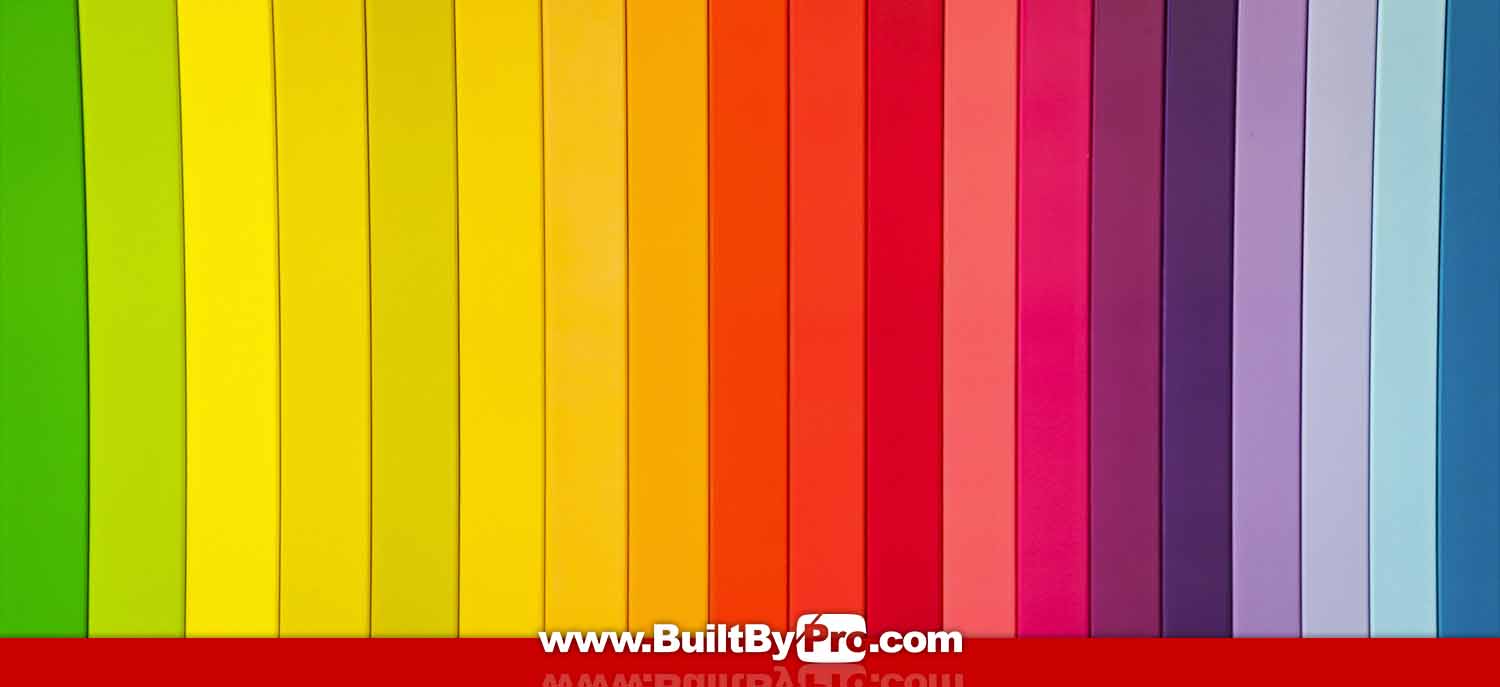Color psychology is important because colors are an instant communicator with which we connect instantly and subliminally. Whether our emotional and psychological responses to color are shaped by socialization or completely inborn, they are very real and very powerful. It is almost as if the human mind is hardwired to respond to color.
Color Psychology & The Meanings Behind Colors
Take a shortcut to understand what the different colors can mean by checking out Color-Meanings.com
Marketing researchers have noticed the powerful connection between color and consumer/client reactions. Reams of academic research using carefully controlled experiments back the conclusion that color makes a difference in how people perceive a product or logo. Work outside the “ivory tower” confirms the validity of that research. Companies have discovered that adding a color to a product or its logo or changing a color palette outright can have a massive impact on sales.
The reaction of the human mind to color happens in an instant. It happens faster than one can read. In fact, the mind makes connections and forms opinions based on color before the conscious mind even determines what one is really looking for.
Your logo is a constantly repeated and consistently displayed symbol of your business. It appears on letterhead, websites, business cards, products, and more. It is your “brand” and is inseparable from your overall business plan.
When one considers the importance of color psychology and the unrivaled position of the logo, it is clear that an understanding of how the subconscious interprets color should be at the heart of logo design. Overlooking the role of color in one’s logo risks significant underperformance.
Harnessing the power of color psychology in logo design is not a simple proposition. One can look up a simple chart listing common colors and a brief assessment of what they tend to represent for others. That, however, only scratches the surface of what is necessary for a logo design that makes optimal use of color psychology research.
Color Psychology
An effective logo designer will go beyond simple statements such as “brown means credibility and stability” or “red shows heat or passion.” He or she will temper those simplifications with an understanding of distinct cultural perspectives on certain colors. He or she will also consider the negative emotions linked with specific colors. A talented logo design specialist will understand how people react to certain color combinations and will be aware of how to merge the messages of color psychology with a keen sense of aesthetics to create a truly memorable and appealing color palette.
Today, many of us are enamored with the “do it yourself” ideal. We believe that, with a bit of research and effort, we can create things for ourselves just as effectively as can someone else. That may be true in some cases, but logo design is a perfect example of where an expert is necessary.
Logo experts understand design. They recognize the power of various forms and can devise logos that will communicate the nature of a company at a glance. They have specialized skills and knowledge that allow them to produce winning logos with which amateur creations cannot compete.
The effective use of color psychology is a perfect example of how the specialized talents and knowledge of a professional designer can make a great deal of difference. A good design specialist will know how to choose colors to effectively communicate a client’s message without risking interpretive errors and other pitfalls often experienced by “do-it-yourselfers.”
Color Psychology – Picking The Right Colors
When it comes to creating a brand identity, choosing the right colors is essential. The colors you choose will be the most visible aspect of your brand, and they’ll have a huge impact on how people perceive your company. So it’s important to take the time to understand color theory and pick the right colors for your brand.
When it comes to color theory, the most important thing to keep in mind is contrast. Contrasting colors will draw the eye and make your brand stand out. Selecting two primary colors that contrast each other will create a strong visual identity and will help your brand stand out in a crowded marketplace.
In addition to contrast, you’ll also want to consider other factors like color symbolism and psychology. Different colors can evoke different emotions and feelings, so it’s important to choose colors that reflect the message and brand identity you’re trying to convey.
You’ll also want to consider the overall look and feel of your brand. If you’re going for a modern, sleek look, you’ll want to opt for bright, vibrant colors. On the other hand, if you’re going for a more traditional feel, you’ll want to stick with more muted colors.
Finally, it’s important to consider how your colors will work together across all platforms. You’ll want to make sure that your colors look good on both digital and printed materials, and that the colors work together no matter where your brand appears.
Choosing the right colors for your brand isn’t easy, but it’s an essential part of creating a strong brand identity. By understanding color theory and selecting colors that contrast, reflect your brand’s message, and look good across all platforms, you can create a visually stunning and recognizable brand.
We really wanted to dig into what you should know, but there is some content that others have done amazingly, so we decided not to try and recreate the wheel. Below you will find some additional information that we’ve curated to help you understand more about color psychology.
The Science of Color Contrast By Justin Baker
We hope this color psychology post has helped you. If you would like more information like this, you can get more via the Pro Branding & Marketing Guide.



